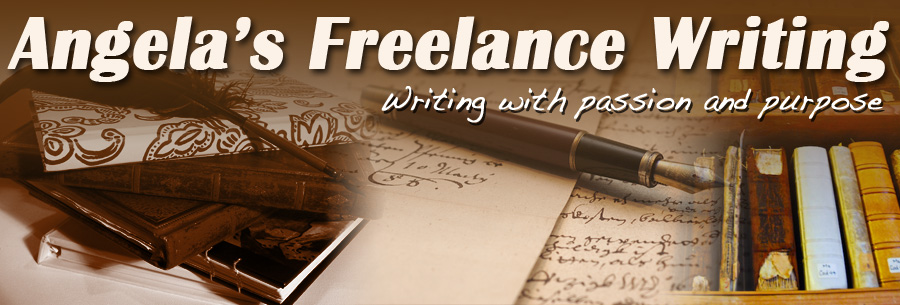If you have ever read any of my posts, you would know that I’m always harping about the need for writers to carefully proofread their work before putting it before the public. Recently I came across a discussion on what are some of the best ways to proofread one’s work. Most of the writers who contributed admitted that they sometimes made errors on work they had submitted to a client or to an editor. Some of these errors had to do with giving erroneous information (a no-no), others had to do with confusing dates and times and a few mentioned typos.
Many helpful suggestions were given, some of which you may have heard before, but the following are the ones I find work best for me:
1. Use your spellchecker and the grammar feature that come with your Word software. Depending on the version you have, your software will redline all spelling errors and greenline all grammatical errors, including fragments.
2. Take a break before you begin to edit. This gives your brain a much-needed rest, so that when you return to the work you see it with a fresh pair of eyes.
3. Print your work and read it out loud. There is something about reading aloud that allows you to pick up on repetitions, redundancies, misused words and the overall cadence of the piece that you don’t get when you read silently.
4. Use colored pencils. Your spellchecker feature can only highlight words that are wrongly spelt, but if you write your when you mean you’re or it’s when you mean its, your spellchecker won’t know it. There is no substitute for your own painstaking editing. You may choose to use red for spelling, blue for grammar, green for repetitions and yellow for weak verbs. These are the to be verbs such as was, were, and the often overworked looked, said and walked.
5. Make use of another pair of eyes. In another post I wrote about the value of critique groups. As a writer you should belong to one, but if you don’t, you should ask a friend or colleague who knows something about writing to review your work.
6. Use a trusted resource. The Chicago Manual of Style and Strunk and White’s Elements of Style are two books that should always be close to your computer. If you don’t have them you can go to their websites, type in your questions and the results will come up.
Creating a brilliant story and having the discipline to sit down and write it from start to finish are commendable, but when that first draft is complete, your work has just begun. According to this famous English writer, “The work was like peeling an onion. The outer skin came off with difficulty… but in no time you’d be down to its innards, tears streaming from your eyes as more and more beautiful reductions became possible.” ~Edward Blishen






December 18th, 2011 at 10:31 am
Hi Angela,
I have placed you on my people of value list.
With respect and appreciation,
De!
December 18th, 2011 at 4:40 pm
Thank you so much!
December 18th, 2011 at 4:42 pm
De,
I tried to visit your site, but I need a username and password to get in.